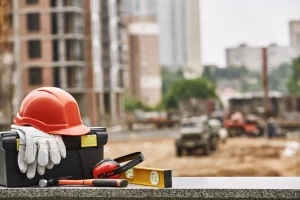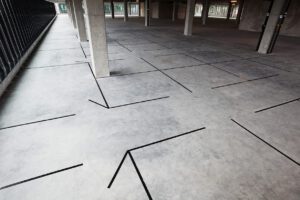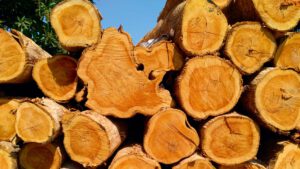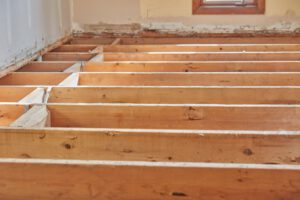There are 3 common signs that your roof needs repairs. If you see discolouration, sagging, or buckled shingles, it’s time to repair your roof. Buckling shingles could indicate water trapped beneath them. Another sign of trouble is moss on your roof. Roofing contractors recommend a biannual spot inspection to assess the condition of your roof.
Roofing contractors recommend a bi-annual spot-check
A bi-annual spot-check is an excellent way of ensuring your roof is in good shape. A good roof protects your home and your family from all weather conditions. Performing a bi-annual spot test allows you to catch any problems before they become expensive and ruin your home’s overall look.
A bi-annual roof inspection can help prevent costly and time-consuming repairs in the future. Roofing contractors recommend performing a roof spot-check twice a year to catch small problems before they get bigger. A bi-annual spot inspection is recommended to check for potential leaks and other problems. This helps to prevent a roof from collapsing.
It is also important to check the condition of metal flashing joints. These joints must be cleaned and replaced if necessary. The flashing must be securely attached to the roof. It should not be loose or buckling. It may be time to replace the entire flashing if it buckles.
Buckling shingles are a sign of an old roof.
If your roof is curling and buckling, it could indicate an old roof. Shingles can buckle and curl because the layers holding them together begin to separate. When the shingles are warped and curved, they’re vulnerable to damage and should be replaced as soon as possible. A professional roofer can inspect your roof to assess the extent of damage and prevent further damage.
Moisture is the main cause of buckling shingles. As the shingles age, they lose the oils that keep them flexible. The result is visible waves and distortions that run vertically up the roof’s slope. The result is that the shingles may buckle or even fall off easily. In addition to age, buckling shingles may also indicate that your attic is poorly ventilated, which can also cause them to buckle.
Another common sign of an old roof is the granules on the shingles. These granules protect the shingles from UV light, but if they’ve deteriorated, they may crack. Cracked shingles indicate that the shingles have exceeded their life expectancy.
A roof leak can be identified by swelling, discolouration, and sagging.
If you notice discolouration or swelling on your roof, you may have a roof leak. If your roof is discoloured, you should immediately call a roofing partner. These professionals can accurately assess the problem and provide a solution. Sagging in the ridge line is another sign of a roof leak. This is because of water retention and rot.
Other signs of a roof leak are condensation and dampness on the walls and ceiling. A water leak may also cause discolourations and stains on ceilings and walls. This moisture can cause materials to rot and disintegrate. This moisture can also affect the structure of your roof.
While roof leaks can be obvious, some are difficult to detect. A water stain on the ceiling and walls could indicate a minor leak or a serious problem. A professional inspection will show the extent of any damage. If water is not treated, it can lead to mould growth and costly repairs.
Moss on a roof can spell trouble
Although moss on a roof might not seem like a problem, it could indicate hidden damage that will need roof repairs. You can prevent moss growth by draining water off the roof and cleaning out the gutters. However, homeowners should be cautious with chemicals and DIY projects because some of them can harm the shingles and roof seal. If you notice moss growing on your roof, it is time to call a roofing contractor to conduct a professional assessment.
Moss can spread between roof shingles and tiles, which compromises the roof’s structure. This causes the shingles to crack and deteriorate over time. Moss can also contain roots that can penetrate the shingles and cause pitting. This problem can cause serious problems if it is not addressed.
While moss can appear dead during dry weather, it can be quite resilient and survive months without rain. If you notice moss on your roof, it’s best to get it removed as soon as possible to prevent major damage. Although a first rain can revive moss, it may not be obvious in dry weather.












